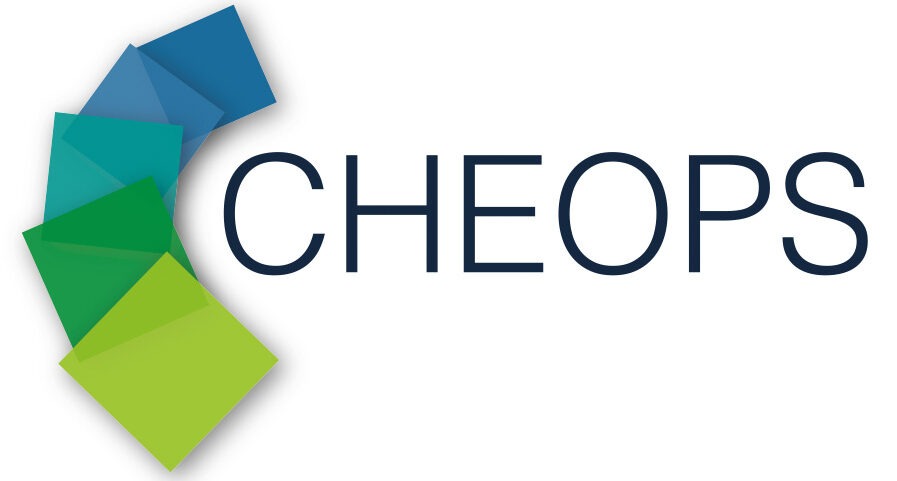Achieving low-cost and highly efficient perovskite solar cells
Europe is facing the challenge of making its energy system more clean, secure and efficient. At the same time, Europe needs to ensure that its prominent position as the industrial leader in low-carbon energy technologies is maintained.
In line with EU policy objectives in this area, CHEOPS contributed to master the challenges of energy by advancing the perovskite photovoltaic technology.
This technology could be one of the key enablers for a cost-effective and resource-efficient decarbonising of the energy system. The outcome of CHEOPS included, among others, research in the domain of perovskite single-junction solar cells, underlying mechanisms of stability of devices and degradation as well as design and manufacturing of perovskite/silicon tandem solar cells.
CHEOPS produced a wide range of substantial results in the five domains :

Perovskite Single Junction Cells
The development of perovskite photovoltaic single-junction solar cells in CHEOPS was a central objective in the project. The main target was to develop the basic technological building blocks for a more efficient up-scaling and achievement of mini-modules in pre-production relevant environments. Read more…

Perovskite/Silicon Tandem Cells
The development of perovskite/silicon (PK/Si) photovoltaic tandem cells and panels in CHEOPS was the most impactful outcome of the project. This type of solar cell offers a cheaper, more efficient way of harvesting solar rays making it one of the most promising future technologies for renewable photovoltaic energy. Read more…

Upscaling and Stability
The research on up-scaling and stability of perovskite photovoltaic solar cells in CHEOPS was essential for the achievement of the overall project mission. The main target was to develop a better understanding of degradation mechanisms in devices and to establish a measurement and stability testing protocol for perovskite technology. Read more…

Socio-economic Viability Study
To pave the way for a easier up-take of perovskite photovoltaic technologies, researchers in CHEOPS conducted a comprehensive viability study of the socio-economic impact of the new technology. The activities included a life-cycle analysis and a costs of ownership analysis calculated for the devices developed in the CHEOPS project. Read more…

Measurement procedure and degradation tests
To ease the comparison of scientific results and increase transparency of research, CHEOPS partners took the initiative to establish a Europe-wide standard for the measurement procedure and degradation tests of perovskite-based photovoltaic devices. Read more…
